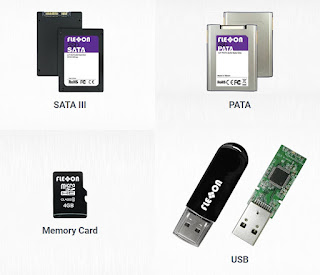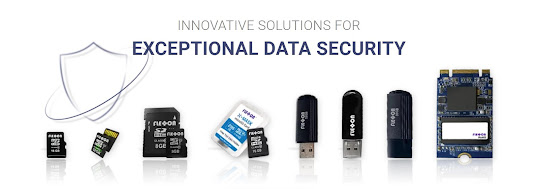The Complete Guide to Micro SD Cards - What You Need to Know Before Buying
Introduction: Why Do I Need a Micro SD Card?
A micro SD card is a tiny memory card that is commonly used in smartphones, cameras, and other portable devices. Many people wonder why they need a Micro SD Card when their device already has internal storage. Here are a few reasons why you might need a micro SD card:
1. You need more storage than what your device offers.
If you have a lot of photos, videos, or other files that you need to store, a micro SD card can give you the extra space you need. Even if your device has a lot of internal storage, it can fill up quickly if you have a lot of data.
2. You want to be able to use your data on multiple devices.
If you have a micro SD card, you can easily transfer your data to another device. For example, you could transfer your photos from your camera to your computer. Or, you could transfer your music from your phone to your MP3 player.
3. You want to protect your data.
If you store your data on a micro SD card, you can protect it from being deleted or corrupted. If something happens to your device, you can still access your data if you have a backup on a micro SD card.
4. You want to save money.
If you buy a micro SD card, you can often get more storage for your money than you would by buying a larger device with internal storage. For example, you could get a 32 GB micro SD card for less money than you would pay for a 32 GB iPhone.
5. You want to be able to use your data in different ways.
If you have a micro SD card, you can use it to play music, watch videos, or browse the internet. This can be useful if you don't have a data plan for your device or if you want to save on your data allowance.What are the Different Types of Micro SD cards?
There are many different types of Micro SD cards available on the market today. Here is a quick rundown of the most popular types to help you choose the right one for your needs.
SDHC (Secure Digital High Capacity) cards are available in capacities of 4GB to 32GB. They are faster than standard SD cards and have better data protection.
SDXC (Secure Digital Extended Capacity) cards are available in capacities of 64GB to 2TB. They are even faster than SDHC cards and have even better data protection.
Micro SD cards are available in capacities of up to 256GB. They are smaller than standard SD cards and are perfect for use in smartphones and other portable devices.
Mini SD cards are available in capacities of up to 2GB. They are smaller than Micro SD cards and are often used in digital cameras.
Ultra SD cards are available in capacities of up to 128GB. They are the fastest type of SD card and offer the best data protection.
How to Choose the Best Size for Your Device?
SD cards come in all different shapes and sizes, but how do you know which one is right for your device? Here are a few things to consider when choosing the best size for your Secure SD Card:
1. Capacity: How much storage do you need? SD cards come in sizes ranging from 2GB to 64GB, so choose the one that fits your needs.
2. Speed: SD cards have different speed classifications, which determine how fast data can be written to and read from the card. If you're using your SD card for high-resolution video or images, you'll want a card with a higher speed rating.
3. Compatibility: Make sure your SD card is compatible with your device. Some devices require a specific type of SD card, such as microSD cards.
4. Price: SD cards vary in price, so choose the one that fits your budget.
By considering these factors, you can choose the best SD card for your needs.
Conclusion: How To Prevent Data Loss And Protect Your Files After Formatting The Memory Card Again
When you format your memory card, all of the data on it is erased. This means that any files you had stored on the card are now gone. If you want to prevent data loss and protect your files after formatting the card, you'll need to take some precautions.
One way to protect your data is to store it on a micro SD card. Micro SD cards are designed to be resistant to data loss, so your files will be safe even if you format the card. Another way to prevent data loss is to use a file recovery program to recover any files that are lost when you format the card.
formatting the Memory Card again, you can take steps to prevent data loss and protect your files. By storing your data on a micro SD card or using a file recovery program, you can ensure that your data is safe and sound.







Comments
Post a Comment